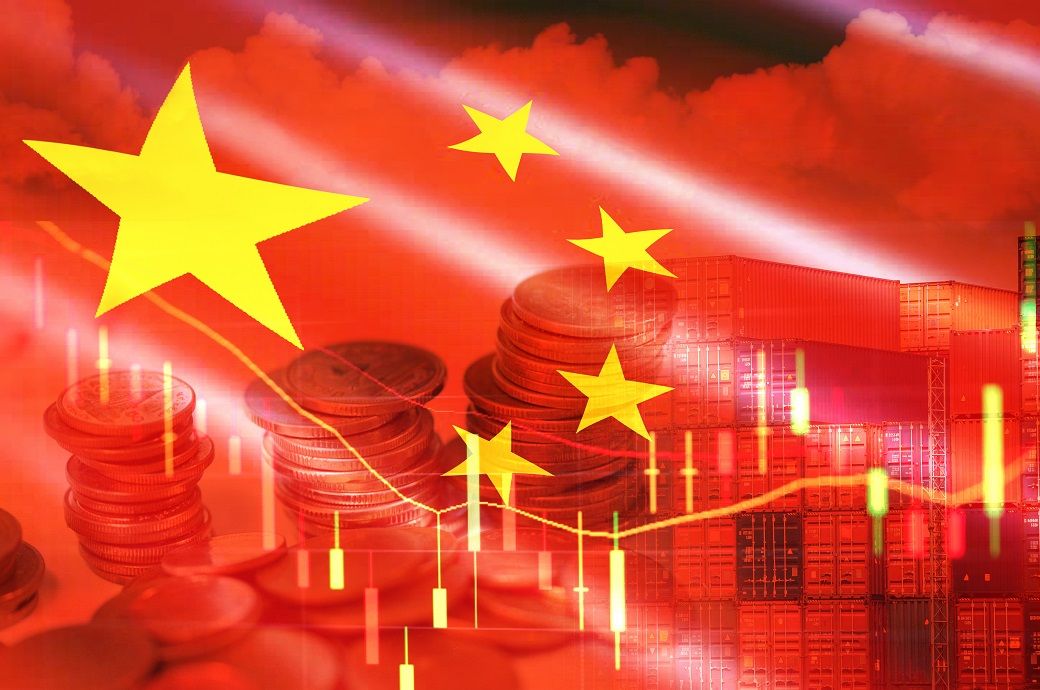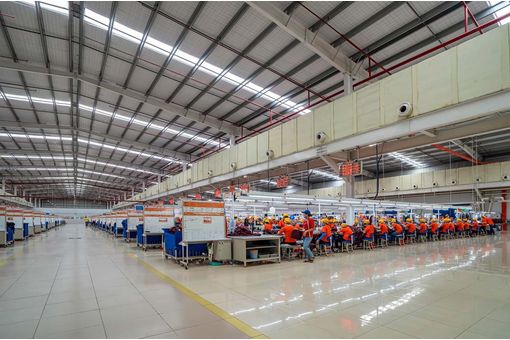China's growth projected at 5.2% in 2023, 4.5% in 2024: World Bank

Insights
- World Bank has forecast China's 2023 growth at 5.2 per cent, slowing to 4.5 per cent in 2024, amid real estate challenges and weak global demand.
- Recovery is fragile due to economic volatility and deflationary pressures.
- Structural reforms and consumer spending are key for sustainable growth, with risks from the property sector downturn and global tensions.
Economic activity in China has picked up in 2023, driven by increased demand for services, resilient manufacturing investment, and public infrastructure stimulus. However, the economic performance has been marked by volatility, ongoing deflationary pressures, and still weak consumer confidence. These factors indicate that the recovery remains fragile, as highlighted in ‘Which Way Forward? Navigating China's Post-Pandemic Growth Path’, the latest China Economic Update released by the World Bank.
“Macroeconomic policy easing has been supporting the recovery in the short term,” said Mara Warwick, World Bank country director for China, Mongolia, and Korea. “Complementary structural reforms to boost confidence and revive growth momentum, such as improving China’s debt resolution framework and strengthening the enabling environment for private firms, would be important.”
The economic outlook faces significant risks. The property sector downturn may extend beyond initial expectations, impacting consumer sentiment and spending. This, in turn, could put pressure on suppliers, creditors, and local government revenue, and lead to a decrease in public investment. Additionally, the economy is vulnerable to softer global demand and increased geoeconomic tensions. Climate change and the rising frequency of extreme weather events also pose a downside risk, the report added.
“There has been substantial reallocation of investment from real estate to manufacturing where returns are higher,” said Elitza Mileva, World Bank lead economist for China. “A fair and competitive market and a predictable regulatory environment will ensure that capital flows to the most productive firms and sectors.”
The report also showed that greener, more sustainable growth in the future will depend on stronger consumption growth. Policies to strengthen the social safety net, liberalise the hukou system, and promote inclusive finance could encourage households to save less and spend more.
Fibre2Fashion News Desk (KD)
































-Ltd..jpg?tr=w-120,h-60,c-at_max,cm-pad_resize,bg-ffffff)





.jpg?tr=w-120,h-60,c-at_max,cm-pad_resize,bg-ffffff)
.jpg?tr=w-120,h-60,c-at_max,cm-pad_resize,bg-ffffff)






